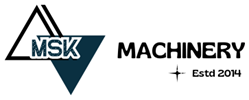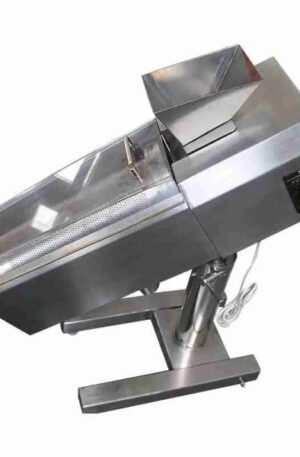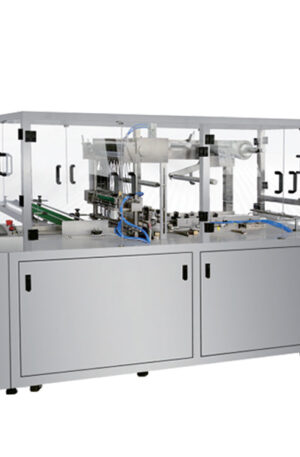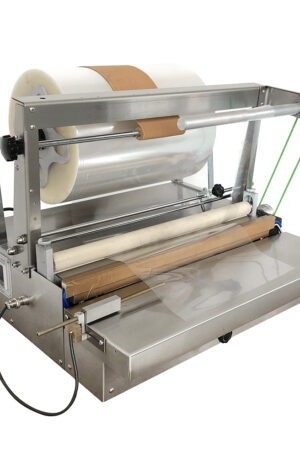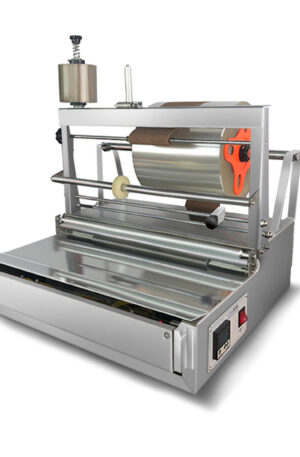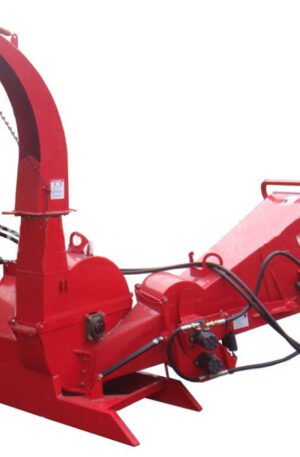Title: “The Evolution of Pharmaceutical Machinery: Past, Present, and Future Trends”
Pharmaceutical machinery has played a crucial role in the advancement of the pharmaceutical industry. From the early days of manual labor to the modern era of automated systems, pharmaceutical machinery has undergone significant evolution. This article explores the past, present, and future trends of pharmaceutical machinery, focusing on key devices like the table press machine, capsule filling machine, TDP (Tablet Press), and THDP (Double Rotary Tablet Press).
**The Past: Manual Labor and Basic Machinery**
In the early days of pharmaceutical manufacturing, production processes were labor-intensive and time-consuming. Manual labor was predominant, with workers involved in tasks such as mixing, granulating, and compressing raw materials. The introduction of basic machinery like the table press machine marked a significant advancement, allowing for increased efficiency and productivity in tablet production.
**The Present: Automation and Precision**
With technological advancements, pharmaceutical machinery has evolved to incorporate automation and precision. The capsule filling machine revolutionized the encapsulation process, enabling accurate and efficient filling of capsules with pharmaceutical formulations. The TDP (Tablet Press) emerged as a game-changer, offering improved speed, performance, and consistency in tablet production. The TDP’s ability to control parameters such as compression force and dwell time has enhanced product quality and batch-to-batch uniformity.
**Future Trends: Innovation and Integration**
Looking ahead, the future of pharmaceutical machinery is poised for further innovation and integration. The THDP (Double Rotary Tablet Press) represents a cutting-edge development in tablet compression technology. With features like increased production capacity, reduced downtime, and enhanced flexibility, the THDP sets the stage for future advancements in tablet manufacturing.
In addition to individual machine advancements, the integration of data-driven technologies such as artificial intelligence and machine learning is set to transform the pharmaceutical machinery landscape. Smart manufacturing approaches will enable real-time monitoring, predictive maintenance, and optimization of production processes, leading to improved efficiency and cost-effectiveness.
In conclusion, the evolution of pharmaceutical machinery from manual labor to advanced automation reflects the industry’s commitment to innovation and progress. Devices like the table press machine, capsule filling machine, TDP, and THDP have played pivotal roles in shaping pharmaceutical manufacturing practices. As the industry continues to embrace technological advancements, the future of pharmaceutical machinery holds promise for even greater efficiency, precision, and integration.
This article has highlighted the past, present, and future trends in pharmaceutical machinery, showcasing the transformative impact of advancements such as the table press machine, capsule filling machine, TDP, and THDP. Pharmaceutical machinery remains a cornerstone of the industry, driving progress and innovation in drug manufacturing processes.
